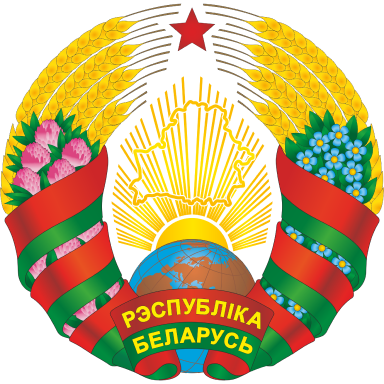The Orsha region is located in the south east of the Vitebsk oblast, in the upper reach of the river Dnepr. It occupies the territory of 1,700 square kilometers and stretches for 53km from north to south and for 44km from west to east. The region borders on Senno, Liozny, Tolochin, Dubrovensk regions of the Vitebsk oblast and Shklov and Gorky regions of the Mogilev oblast.
The vast majority of the region’s territory lies within Orshanskaya Upland. The highest point is 237.5 meters above sea level; the lowest point is 146 meters.
The climate of the region is mild continental.
The rivers flowing through the region belong to the basins of the Black and Baltic Seas. The largest river is the Dnepr with inflows Odrov, Orshitsa, Krapivenka, Leshcha. There lakes located in the region are Orekhovskoye, Devinskoye, Kuzmino, Karesino, Perevalochnoye.
Marshes occupy 4,200 hectares. Forests account for 23% of the region’s territory. The vast majority of them are coniferous. There are also birch, aspen and alder woods. The local forests are home to elk, wild boar, roe deer, deer and listed in the Red Book of Belarus lynx, bear and badger.
The mineral resources include peat, dolomite, sand and gravel, fusible clay.
The first mentioning of the Orsha region as independent administration unit dates back to the 16th century when in 1569 the region became district of the Rzecz Pospolita.
After the first partition of the Rzecz Pospolita in 1772 the eastern part of Belarus, including the present-day Orsha region were annexed to the Russian Empire. In accordance with senate’s resolution of October 23, 1772 Orsha province was founded as part of Mogilev county. In 1777 Mogilev county was divided into districts with Orsha and Kopys districts among them.
On January 1, 1919 Orsha made part of the Belarusian Soviet Socialist Republic. On July 17, 1924 the Orsha region was founded.
1917 saw not only political turmoil but also changes in the everyday life of farmers. In 1918 the first agricultural communes appeared, the large-scale collectivization started in 1929.
During the Great Patriotic War the Orsha region was a guerilla-controlled area. On July 19, 1943 an underground regional committee of the Communist Party of Belarus was founded in the village of Gryazino.
In 1942 the major partisan brigade named after K. S. Zaslonov was founded in the region. The Zaslonov brigade killed about 8,000 Nazis, derailed 218 trains, destroyed 40 bridges and 33 tanks.
On June 27, 1944 the Orsha region was liberated from the Nazis. As of July 17, 1944 there were 56,851 residents in the Orsha region, of them 53,326 were rural residents.
In the post war years the region’s agriculture and other industries were rapidly developing.
Today the Orsha region is the largest agricultural region of Vitebsk oblast.

















